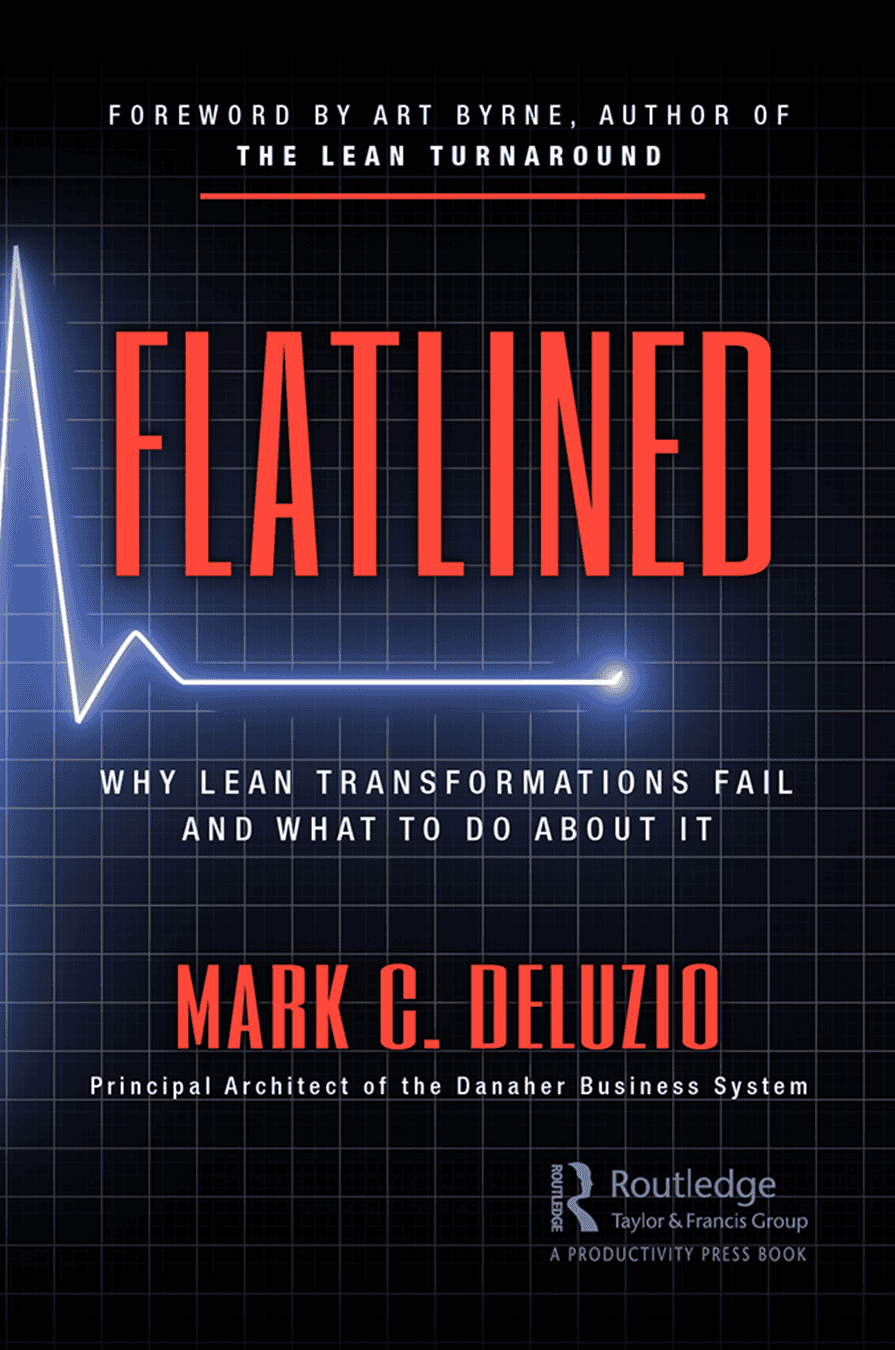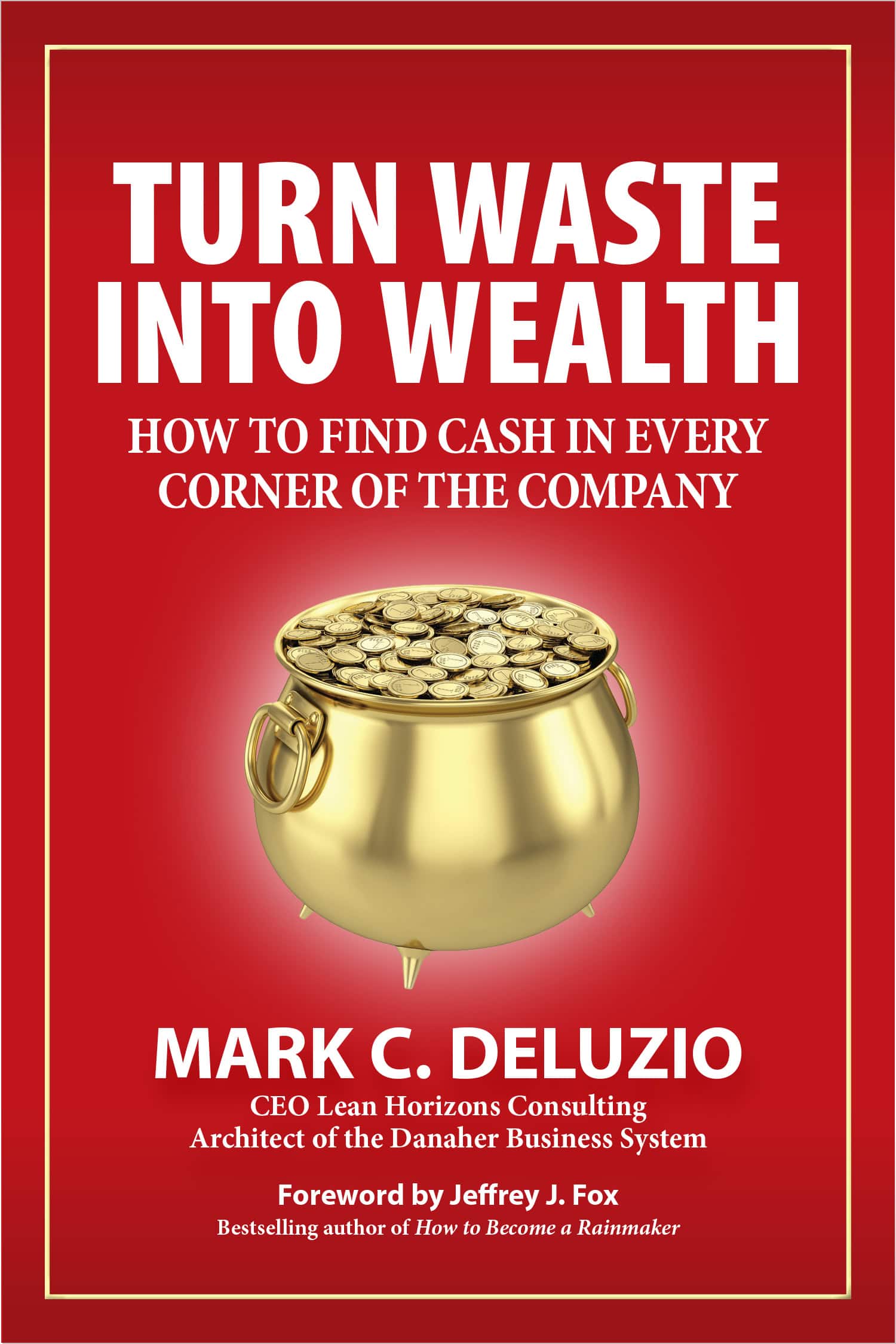The Foundations of Lean Culture: Leadership, Process, and People
Lean culture represents a fundamental shift in how organizations think, operate, and improve. At its core, it's about creating an environment where every employee is engaged in identifying and eliminating waste, continuously improving processes, and delivering maximum...
Mixed-Model Production: Revolutionizing Manufacturing Efficiency
Once a symbol of industrial efficiency, the assembly line is undergoing a quiet revolution: mixed-model production. Mixed-model production, an evolution of Lean manufacturing principles, redefines what's possible on the factory floor. By seamlessly integrating variety...
The Perils of Destructive Lean Leadership
In our recent episode of Lean 911, Lean Horizons Consulting CEO and founder Mark DeLuzio shared his insights on the dangers of destructive leadership in Lean culture. Drawing from his extensive experience, Mark highlighted the pitfalls that derail Lean transformations...
Embracing the Lean Mindset: Unleashing a Culture of Continuous Improvement
Organizations constantly search for ways to streamline operations, enhance efficiency, and drive continuous improvement in today's ever-evolving business landscape. At the heart of this pursuit lies the Lean mindset – a fundamental shift in thinking that challenges...
Mastering Lean Manufacturing Processes through 3P and Moonshine
In today's highly competitive manufacturing landscape, companies aim to find methods to streamline their operations, reduce waste, and deliver superior products to their customers. How can companies accomplish such things? No surprise here, our answer is Lean. Among...
Comparing Traditional Cost Accounting with Lean Value Stream Accounting
Cost accounting plays an important role in business decision making and financial management. It allows management to see the costs of manufacturing products or services. However, traditional cost accounting doesn’t always give the accurate and relevant cost...
Top 5 Reasons for Lean Transformation Failures and 5 Effective Solutions
In pursuit of operational excellence, many organizations embark on their Lean transformation journey with the hope of achieving efficiency, reducing waste, and enhancing overall performance. Lean transformation has the immense potential to elevate an organization’s...
IT and Lean Principles: Streamlining Processes for Efficiency
In today’s fast-paced digital landscape, businesses are constantly seeking ways to optimize their IT operations. And for good reason – IT has evolved from being a support function to business operations, to an absolutely integral aspect to running a business. In...
Lean Transformation: Choosing Between Functional Management vs Value Stream Management
Organizations across industries are constantly seeking ways to reduce waste, improve efficiency, and enhance their competitive edge. When it comes to addressing these challenges and optimizing business efficiencies, there are two management approaches that stick out:...
Lean Manufacturing: 5 Tips for Success in Lean Assembly Cell Design
Stepping onto a manufacturing floor that is operating at peak performance is not unlike attending an opera. Each assembly cell creates its own unique tune, providing a critical note to the symphony of motion ringing out. The hum of productivity builds as...

